
How to Choose the Right NIFT Campus in India: Ranking and Specializations
Getting into NIFT is a big achievement for any fashion and design aspirant. Once the results are out, the biggest question students face is how

The National Aptitude Test in Architecture (NATA) is your gateway to pursuing a career in architecture. Among its sections, the Drawing Test is crucial as it evaluates your artistic abilities, creativity, and spatial imagination — essential skills for budding architects. If you’re planning to excel in NATA, understanding and mastering this test is a must.
The NATA Drawing Test assesses your ability to visualize and draw objects in three-dimensional space, think creatively, and produce meaningful compositions. The questions often involve topics like:
Perspective drawing: Visualizing and sketching objects or scenes from specific viewpoints.
2D and 3D compositions: Drawing and connecting two-dimensional shapes and creating three-dimensional compositions.
Imaginative expressions: Illustrating creative scenes, ideas, or products from a brief description.
Scale and proportion: Maintaining the correct ratio between different elements of a drawing.
This test emphasizes clarity, creativity, and precision. Scoring well in the Drawing Test is essential for a strong overall NATA score.
Understand Perspective
Practice one-point, two-point, and three-point perspectives to visualize objects accurately in space.
Use vanishing points effectively to maintain realism in your sketches.
Work on Proportions
Observe and replicate real-world objects to understand their dimensions and relative sizes.
Practice sketching objects at different scales.
Master Shading and Textures
Shading adds depth and realism to your drawings. Experiment with pencil techniques like hatching, cross-hatching, and smudging.
Practice creating textures, like wood, metal, and fabric, to enhance the visual appeal of your compositions.
Enhance Your Creativity
Explore diverse art forms and nature for inspiration.
Create stories or scenarios around objects, which can help in answering imaginative questions effectively.
Time Management
Divide your time wisely between thinking, sketching, and refining your drawings.
Practice drawing within time constraints to improve speed and accuracy.
Focus on Clarity
Ensure your sketches are clean and legible. Messy or overly complicated drawings may confuse evaluators.
Analyze Past Papers
Solving previous NATA Drawing Test papers will familiarize you with the question format and help you identify recurring patterns or themes.
Skipping practice: Consistency in drawing is vital. Daily sketching helps build your skills and confidence.
Ignoring proportions: Poorly scaled drawings can lose marks even if they are creatively designed.
Overcomplicating the composition: Focus on simplicity and clarity rather than overloading your drawing with unnecessary details.
Neglecting time management: Spending too much time on one section can leave others unfinished.
Q: What materials should I use for the NATA Drawing Test?
A: Use good-quality pencils (preferably H, HB, 2B, and 4B for different strokes), erasers, and a ruler. Colored pencils may also be useful for creative illustrations. Always carry backups!
Q: How can I improve my imagination for creative drawing questions?
A: Ignite India Education always suggests design aspirants to Read storybooks, watch artistic content, and observe nature. The more you expose your mind to diverse ideas, the better your creative thinking.
Q: How much time should I dedicate to preparation daily?
A: Aim for at least 2-3 hours daily, focusing on technical drawing, creative sketches, and solving previous question papers.
Q: Are online resources sufficient for preparation?
A: Online resources like tutorials, videos, and mock tests are great supplements but shouldn’t replace hands-on practice and sketching on paper.
Q: What’s the ideal approach to answering perspective-based questions?
A: Start with a rough outline, identify vanishing points, and add details systematically. Always review your proportions and alignments.
The NATA Drawing Test is a pivotal part of your architectural journey, and excelling in it requires practice, creativity, and strategy. By understanding its nuances and dedicating time to honing your skills, you can secure a competitive score. Remember, architecture is about creating meaningful spaces—let your drawings reflect that vision.
Stay consistent, explore your creativity, and approach the test with confidence.
Disclaimer:
This blog post is not an official representation of the National Institute of Fashion Technology (NIFT). The content provided is for informational purposes only and is based on available resources and our previous teaching experience. Readers are advised to conduct their own research and verify information through the official NIFT website for the most authentic information.
Keep an eye on the official NIFT website (https://www.nift.ac.in/) around September-October 2024 for updates.
IGNITE INDIA EDUCATION Best Coaching for NIFT NID NATA UCEED CEED CLAT
Head Office – 1658, 1st Floor, 27th Main, Sector 2, HSR Layout, Bangalore – 560102
For further information about coaching classes and college admissions, please do not hesitate to contact us at 8884544480.
Ignite India Education, a pioneer in coaching for various design, architecture and management entrance exams, is committed to nurturing the talents of the youth, shaping their futures, and contributing to the nation’s growth. Founded in 2006, Ignite India Education has consistently ranked as a premier coaching institution.


Getting into NIFT is a big achievement for any fashion and design aspirant. Once the results are out, the biggest question students face is how

Preparing for the NIFT entrance exam is a big step for any student who wants to enter the world of design and fashion. Many students

Choosing the right design college is not only about selecting a stream like fashion, product, animation, or communication design. It is also about understanding the

Fashion design has become one of the most exciting and creative fields today. Many students dream of learning fashion, drawing ideas, understanding fabrics, and creating
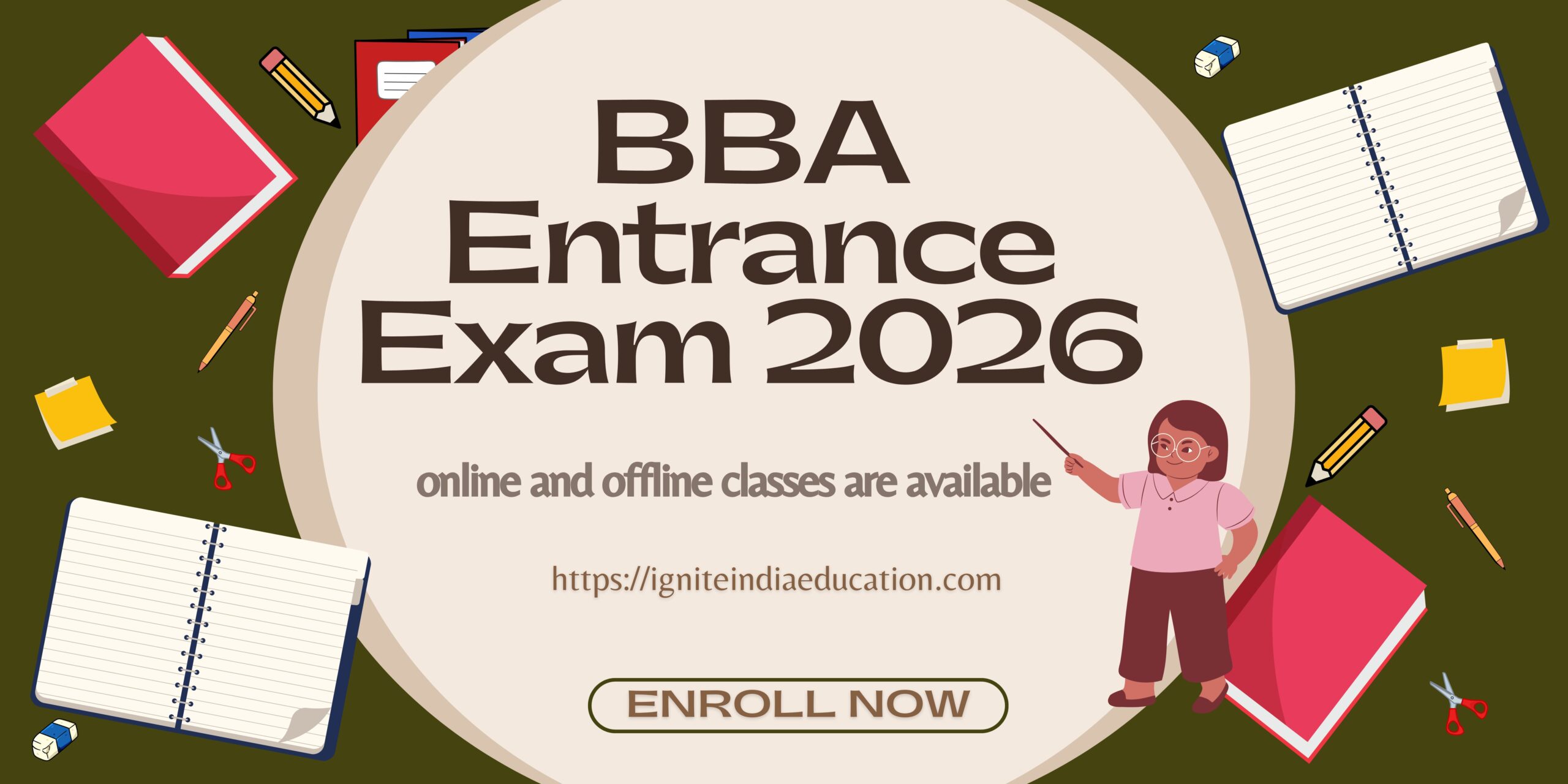
The Bachelor of Business Administration (BBA) is a popular undergraduate course for students aspiring to pursue a career in business management. With a rapidly evolving

The National Aptitude Test in Architecture (NATA) is one of the most important exams for students aiming to pursue a career in architecture. Whether you

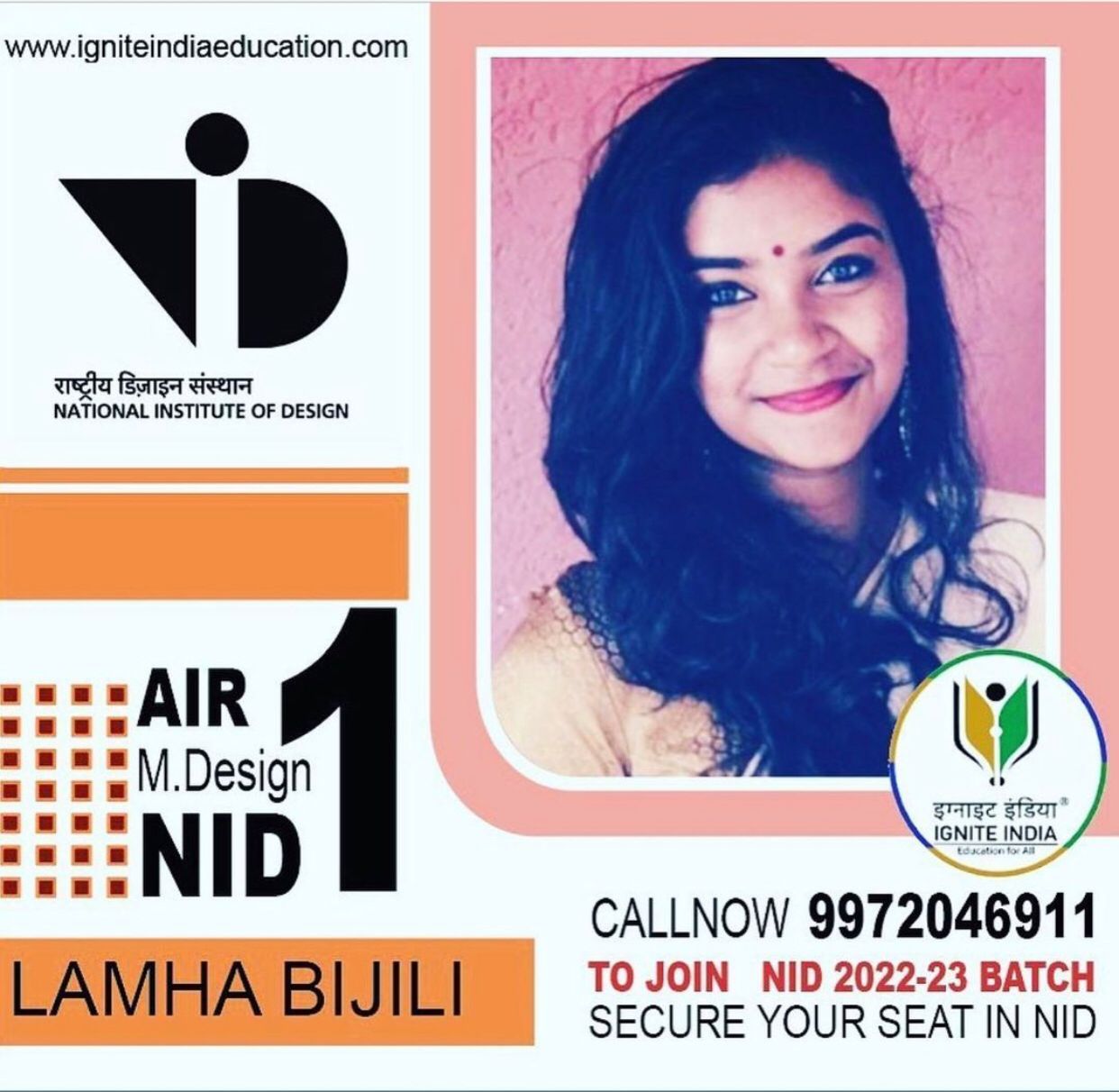

By signing up for IgniteIndia. You agree to the Terms of Services and PrivacyPolicy of the platform.
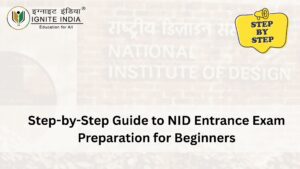
Preparing for the NID entrance exam can feel confusing when you are just starting. Many students know they want to study design, but they are

Choosing the right master’s degree can shape not just your career, but your entire future. For students who want strong career growth along with good

Getting into NIFT is a big achievement for any fashion and design aspirant. Once the results are out, the biggest question students face is how

Preparing for the NIFT entrance exam is a big step for any student who wants to enter the world of design and fashion. Many students

Choosing the right design college is not only about selecting a stream like fashion, product, animation, or communication design. It is also about understanding the

Fashion design has become one of the most exciting and creative fields today. Many students dream of learning fashion, drawing ideas, understanding fabrics, and creating
Fashion Designer, Educational and Career Counselor. He is an alumnus of NIFT and won the Best Graduation Project Award. He is guiding students from the past 15 years.
Fashion & Textile Designer, Educational and Career Counselor. He is an alumnus of NIFT and won the Best Graduation Project Award. He is guiding students from the past 10 years.
Ignite India Education is inspired by the former President of India Bharat Ratna Dr. APJ Abdul Kalam’s vision of “India Beyond 2020”. Our aim is to fulfil his vision by empowering society and transforming India into a developed nation through education.
Ignite India Education is inspired by the former President of India Bharat Ratna Dr. APJ Abdul Kalam’s vision of “India Beyond 2020”. Our aim is to fulfil his vision by empowering society and transforming India into a developed nation through education.
Fashion Designer, Educational and Career Counselor. He is an alumnus of NIFT and won the Best Graduation Project Award. He is guiding students from the past 15 years.
Fashion & Textile Designer, Educational and Career Counselor. He is an alumnus of NIFT and won the Best Graduation Project Award. He is guiding students from the past 10 years.
Ignite India Education is inspired by the former President of India Bharat Ratna Dr. APJ Abdul Kalam’s vision of “India Beyond 2020”. Our aim is to fulfil his vision by empowering society and transforming India into a developed nation through education.
Fashion & Textile Designer, Educational and Career Counselor. He is an alumnus of NIFT and won the Best Graduation Project Award. He is guiding students from the past 10 years.
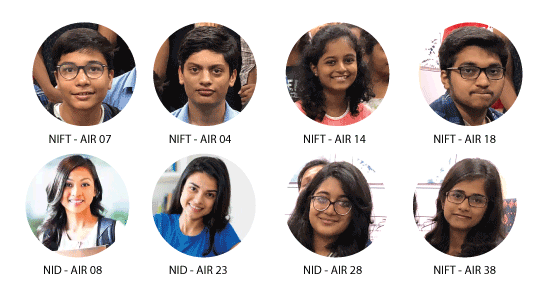

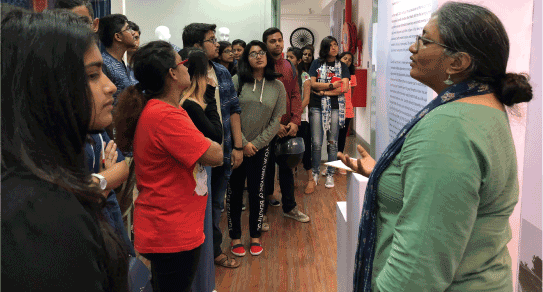
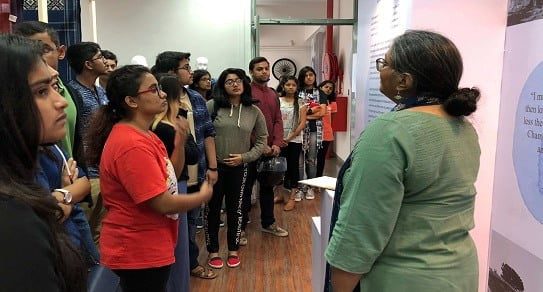
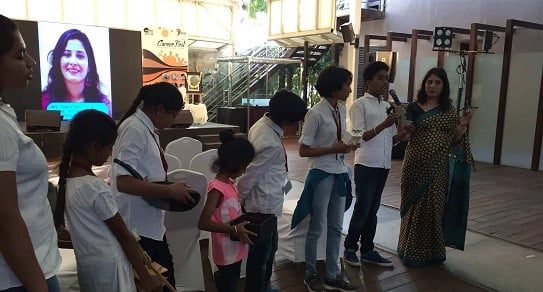


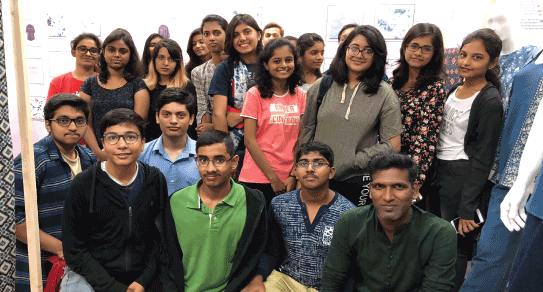
Ignite India Alumni networks provide the long-term value to an educational institution by giving alumni the chance to stay in contact and continue to learn from each other long after they have left Institute. Ignite India is a Well Known Design Institute that equips students for success in career.
